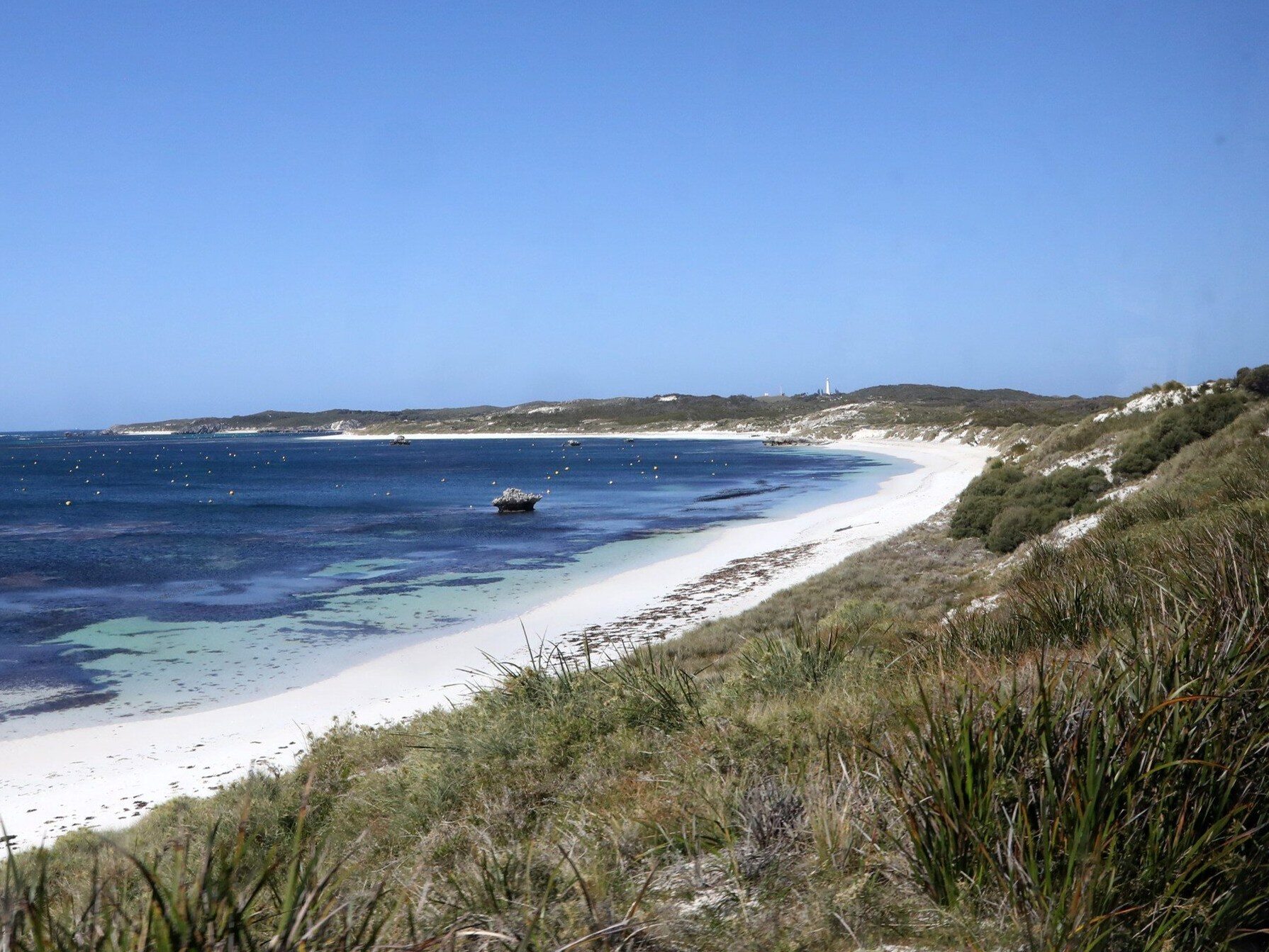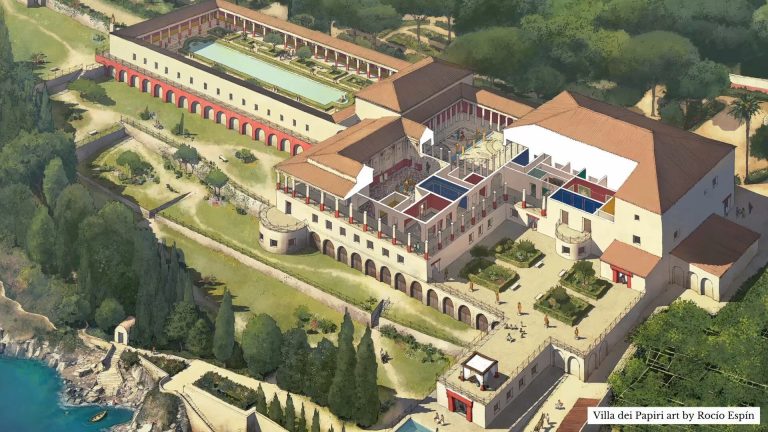A lost land has been discovered. 70 thousand years ago, half a million people could have lived here

A land was discovered off the coast of Australia, where 70,000 years ago, there could have been as many as half a million people living there. See where exactly it is located.
Scientists have recently made an extraordinary discovery. A probably lost continent has been found off the coast of Australia. It is estimated that already 70 thousand years ago there was life here. Up to 500,000 could have lived in an area twice the size of Great Britain. people.
A lost land has been discovered
Years ago, water levels covered huge parts of land that might once have been home to humans. Now scientists have found evidence of the existence of a lost continent off the northern coast of Australia. About 70,000 years ago, half a million people probably inhabited these lands.
This area, known as the Northwest Shelf, was approximately 1.6 times the size of Great Britain and included archipelagos of islands, lakes, rivers and a large inland sea. The archipelagos were so large that they could have been a route for migration from Indonesia to Australia, experts say.
Unfortunately, the Northwest Shelf was lost about 10,000 years ago as sea levels rose and now lies about 90 meters below the water in the Timor Sea.
500,000 people could have lived here. people
The new research was led by Kasih Norman, an archaeologist at Griffith University in Queensland.
“We are discovering details of the complex landscape that existed on Australia’s Northwest Shelf. It was unlike any landscape currently found on our continent.” – says Norman.
About 18,000 years ago, the last ice age ended. Subsequent warming caused sea levels to rise and flooded vast areas, including the vast landmass surrounding Australia.
This area of land connected the Australian continent with New Guinea and Tasmania – now collectively known as Sahul – but when sea levels rose, parts of it were flooded. This process divided the supercontinent Sahul into New Guinea and Australia and cut off Tasmania from the continent.
In particular, the shelf here was a “vast habitable land” and a “single cultural zone” characterized by similar technologies – such as stone ax grinding – language and rock art.
For the study, bathymetric data – information about the depths and shapes of the underwater terrain – in the shelf region were analyzed. Scientists also looked at historical sea level data to help estimate when the region was and was not populated. Rapid global sea level rise between 14,500 and 14,100 years ago and between 12,000 and 9,000 years ago resulted in the rapid flooding of about half of the Northwest Shelf with seawater.
People witnessed the retreating coastline and fled further into the Australian continent. This resulted in population growth in the Kimberley and Arnhem regions of northern Australia, which was evident in the distinctive new styles of rock art in both regions. The team also pointed to stone tools recently found on the seabed off the Pilbara region of Western Australia.
Australia’s now submerged continental shelves were previously thought to be sparsely populated. A new study suggests this is not the case. If they were anything like the Northwest Shelf, they were “rich ecosystems” with impressive populations, similar to cities today.
“Our ecological modeling shows that the now submerged shelf may have had between 50,000 and 500,000 inhabitants at various times over the past 65,000 years,” the research team said.
What do you think about it?






